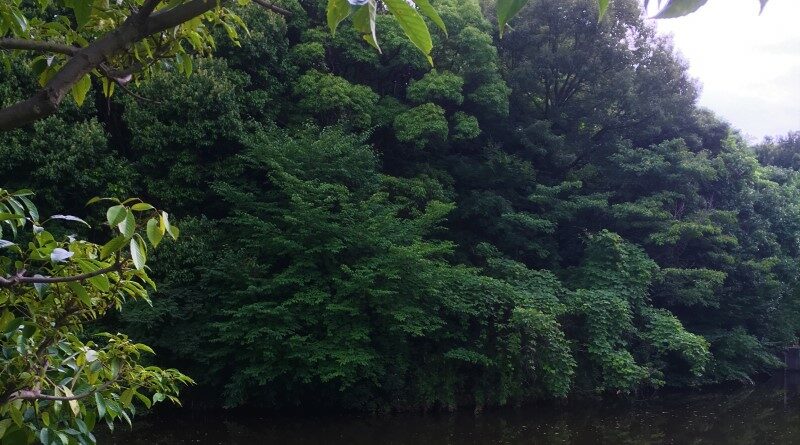
Abe no Seimei’s Mother: Kuzu no Ha
Previously, we covered the life and stories of the very famous onmyo-ji Abe no Seimei. Seimei became Onmyo-ji when he was in his 40s and his origins are quite a mystery. Many stories about Abe no Seimei talk about his oddly unnatural talent for the supernatural. What was it that made Abe so good at understanding otherworldly things? The only conclusion was that he couldn’t be completely human. In fact, one well-known piece of Japanese folklore from Osaka’s Senshu Region claims that Abe no Seimei mother was a kistune named Kuzu no Ha.
The Legend of Kuzuno Ha
Once upon a time, a man named Abe no Yasuna who was from in Abeno went to visit a shrine deep in the forests of Shinoda. On the way home, he saw a white fox being chased by a hunter in the forest. He decided to help the poor fox escape the hunters, but was injured in the process.
A few days later, a lady by the name of Kuzu no Ha [葛の葉] came to his house and took care of the injured Yasuna. In fact, Kuzu no Ha was the fox he had saved, disguised as a human. Later, the two fell in love and were married. Before long they had a son named Dojimaru.
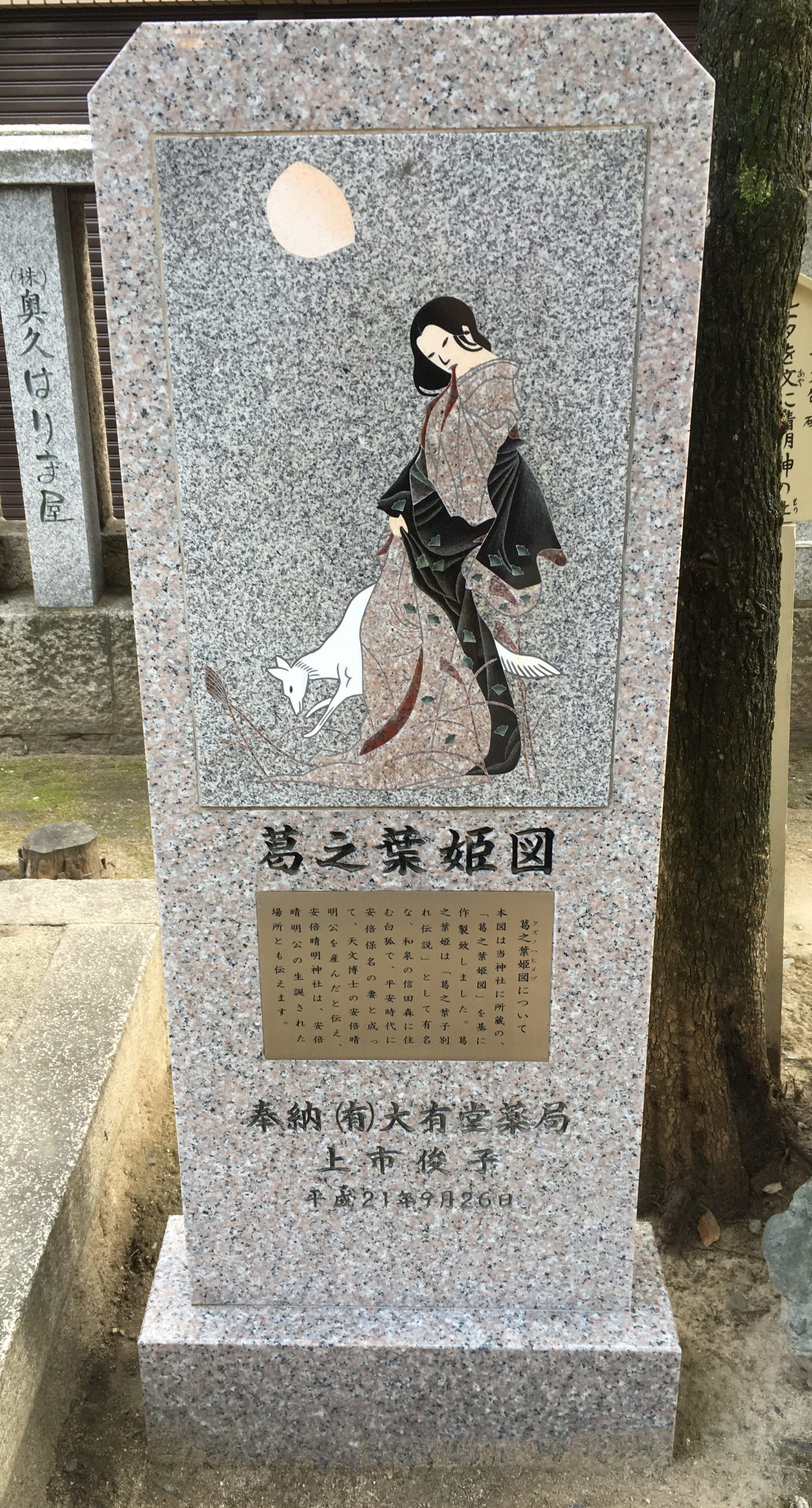
When Dojimaru was five years old, he peeked in on his sleeping mother. Kuzu no Ha slept so comfortably that she let down her guard and turn back into a fox. Unfortunately, when Kuzu no Ha realized that Dojimaru had seen her true form, she could no longer stay with her human family. Before absconding, she wrote a poem on the door which read:
恋しくば 訪ねて来てみよ 和泉なる 信太の森の うらみ葛葉
“Koishikuba Tazunetekitemiyo Izuminaru Shinodanomorino Uramikuzunoha ”
“If you want, you can come to visit me, sad Kuzu no Ha, in the Shinoda forests of Izumi”
After she left, some say she turned to stone, longing for her her family, but others say that Yasuna and Dojimaru indeed went to the Shinoda forests to visit Kuzu no Ha. There, she then gave Dojimaru a magic stone. When Dojimaru grew up, he become the powerful onmyo-ji, Abe no Seimei, and used the stone his mother had given him to help save many lives.
The Forests of Shinoda

The legend of Kuzu no Ha became a very popular piece of Japanese folklore, and has been turned into bunraku, kabuki, opera and many more. The Shinoda forests of Izumi that Kuzu no Ha called home, were once very famously and beautiful. Even one of Japan’s most culturally important authors, Sei Shonagon, commented on their beauty. Sadly, as Izumi City continued to grow over the centuries many of the Shinoda the forests were cleared for urbanization.
Hijiri Shrine [聖神社]
Hijiri Shrine enshrines Hijiriomikami and is one of the “Five Shrines of the Izumi Province”. The shrine also contains several buildings that are registered as culturally significant by the Japanese government. The people of the Izumi Province have long believed Hijiri Shrine to be a spiritual place. Add to the fact that the shrine was originally deep within the Shinoda forests, it makes sense that a kistune might be somewhere nearby.
Getting to Hijiri Shrine
Hijiri Shrine is a walk 15 minutes from Kita-Shinoda Station of the JR Hanwa Line. Despite being close to a station, Hijiri Shrine isn’t that easy to find. Firstly, there are no boards to help you get to the shrine and secondly, the shrine is located in the middle of a residential area and is surrounded by trees. Be sure to check your maps before venturing out.
Near the Shinodamori Furusato Museum is a large red torii. This large torii is a good marker to keep an eye out for. Follow the road behind the torii you will find Hijiri Shrine at the end of it.

Shrine Grounds

Don’t let the newly renovated haiden fool you, Hijiri Shrine is very old! Hijiri’s honden, which is the main part of the shrine, dates back to the early 17th century. The Japanese government declared the honden as culturally important because of its refined architecture, which has many characteristics of the late Azuchi-Momoyama Period.

In the back of the shrine grounds is a small “triple shrine”. This unusual design is coupled with architecture similar to Hijiri’s honden, meaning they were probably built around the same time. All three of these shrines are also labeled as culturally important by the government.

Kuzo no ha Inari Shrine
Kuzu no Ha Inari Shrine was once surrounded by dense forests and also claims to be home of the kistune Kuzu no Ha. The shrine specifically enshrines The Legend of Kuzu no Ha and the god Inari.
Getting to Kuzu no Ha Inari Shrine
Even though it is also surrounded by houses, Kuzu no Ha Inari is very easy to access. Simply take the JR Hanwa Line to Kita-Shinoda and the shrine is only a few minutes from the station.
Shrine Grounds
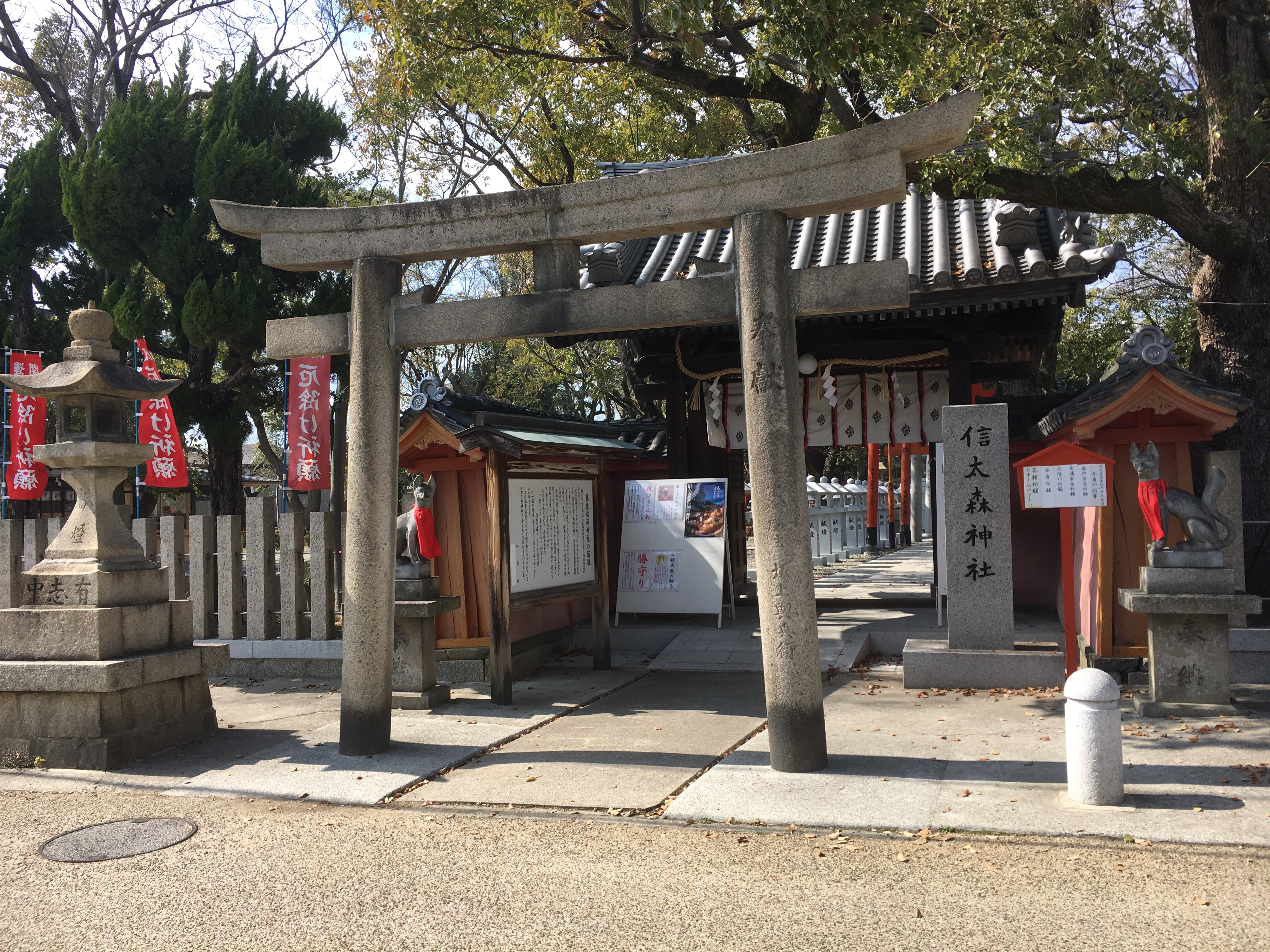
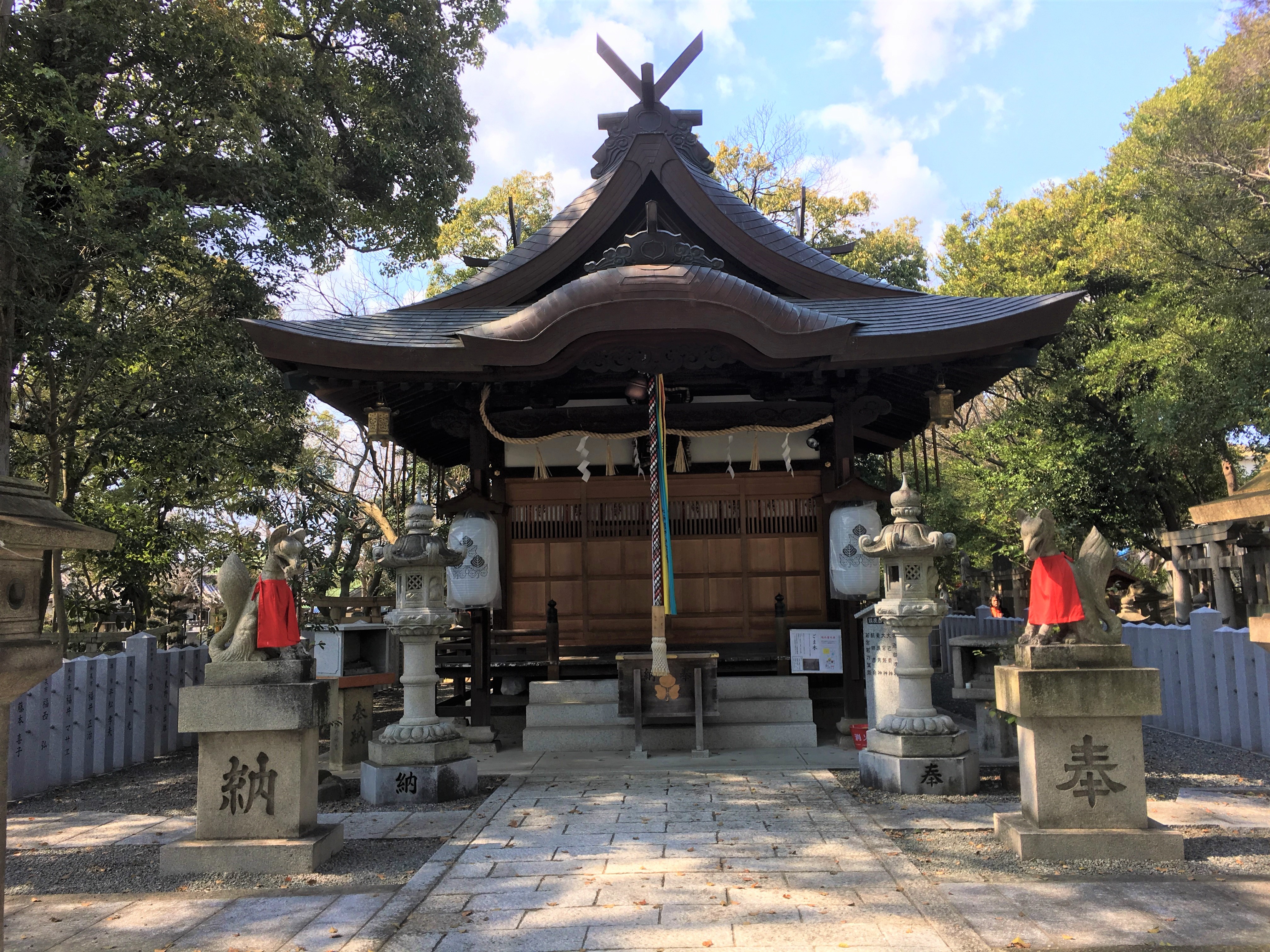
Kuzu no Ha first appeared around a very old large tree located in the center of the shrine.

After turning into a human, Kuzu no Ha checked her reflection in this well to make sure her disguise was complete.

There are also a many things in the shrine that commemorate the legend.
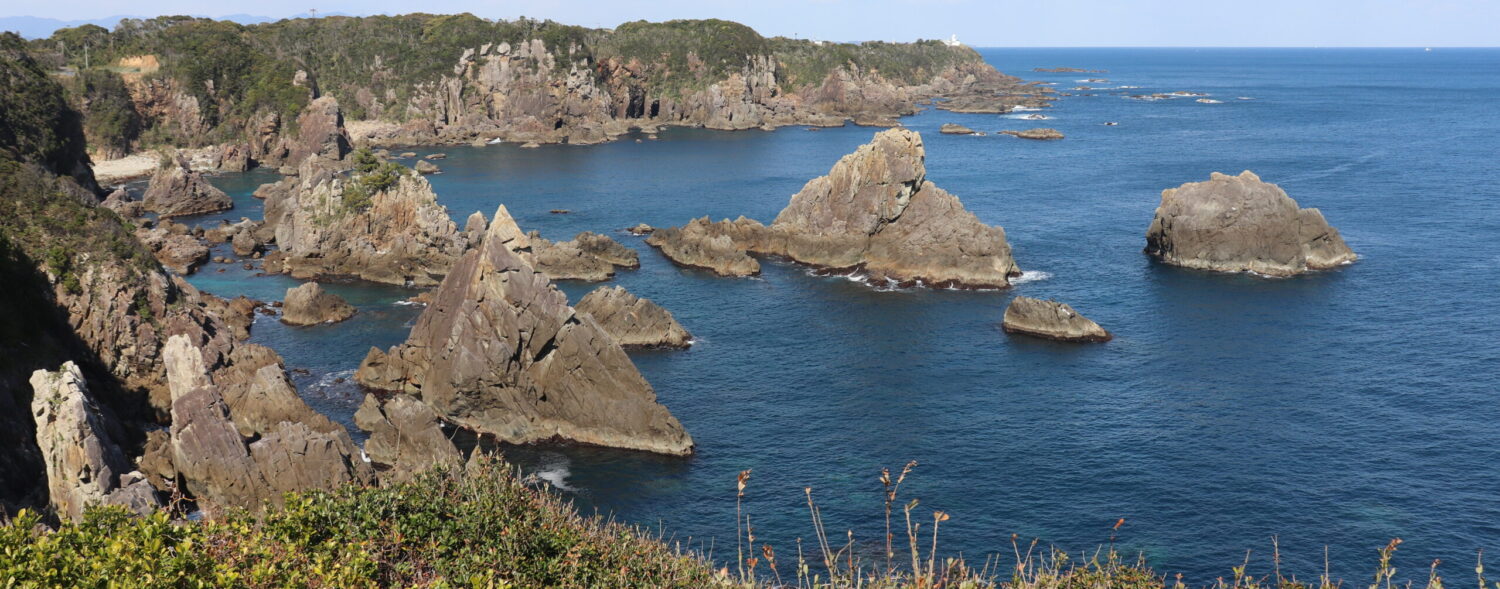
Leave a Reply